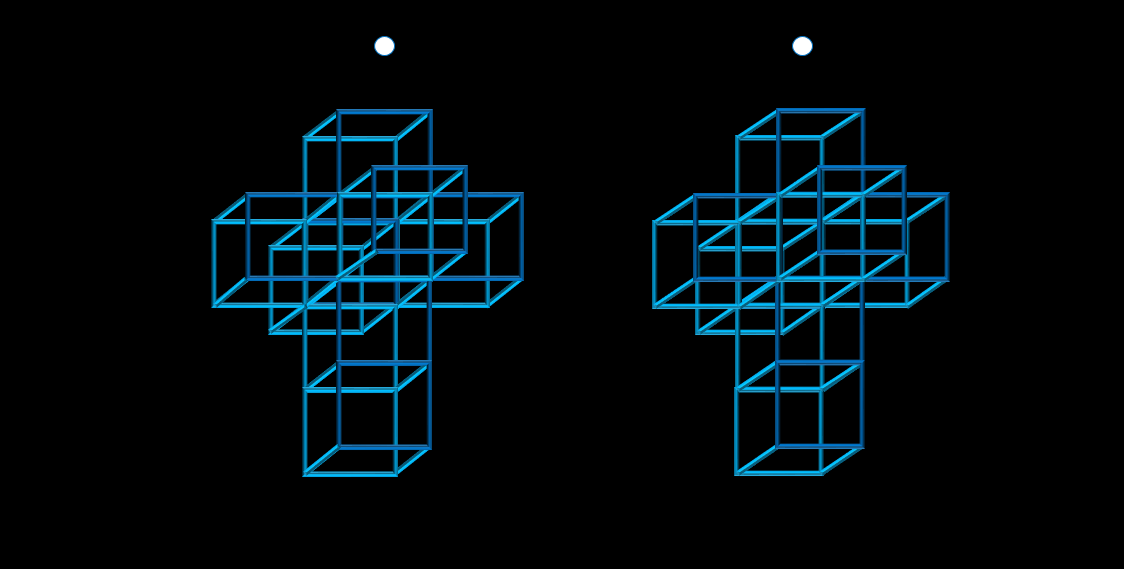
Proof of existence of ‘fourth dimension’ shocks science community around the globe
Most of the people might be aware of the 3-Dimensional arrangements and when the 4th dimension is mentioned one immediately thinks of time travel. But, for the first time, the scientists of the latest study have successfully demonstrated the presence of the fourth spatial dimension. In 1905, Albert Einstein introduced the Theory of Relatively in which he talked about the dimension of Time being the 4th spatial dimensions. And, with the help of quantum mechanics, scientists have shown that there is the presence of fourth spatial dimension which possible has a new direction of motion.
At present, the 3-D arrangement includes up or down, left or right or forward or backward movement. But with the fourth dimension, a new, previously undiscovered direction of motion might be introduced to the world. The latest discovery of the fourth spatial dimension was made through the experiments done by scientists of two separate groups. Both the groups carried two separate experiments to show the existence of the fourth dimensional. Both the researchers were based on the quantum Hall effect.
The quantum Hall Effect takes place when the electrons or charged particles move in a 2-D plane in the presence of a magnetic field. This makes some of the electrical properties of the system get restricted to multiples of exact numerical values. That means if you consider the transverse Hall voltage, then this voltage will take certain quantized values which are identical irrespective of the specific properties of the system. Although scientists have always confirmed that the quantum Hall Effect cannot occur in 3-D arrangements, for decades there was a debate that 4-D system can be showed through the quantum hall effect.
Coming to the latest experiments, out of two separate experiments demonstrating 4-D arrangement, one was led by led by Michael Lohse of the Ludwig-Maximilians University in Germany and the other was led by Professor Mikael Rechtsman at Penn State University. Both the studies were overlooked by Oded Zilberberg, a researcher at ETH Zurich and a professor at the Institute for Theoretical Physics. The group of European researchers led by Lohse showed how the fourth spatial dimension occurs in a physical system with the help of topological charged pumps that mimic the transport of electric charges between rubidium atoms trapped with lasers in two dimensions. Another team of U.S. researchers led by Rechtsman showed how 4D effects take place at the edges of the system with the help of a special type of glass box that simulates how electric fields behave on Charged particles.
Rechtsman was excited after getting a glimpse of 4-D effect. He said, that physically they do not have a 4D spatial system but they could now access 4D quantum Hall physics using the lower-dimensional system because the higher-dimensional system is coded in the complexity of the structure. He is hopeful that in future development in higher dimension physics might lead to designing of devices that take advantage of the higher-dimensional effect in lower dimensions.

